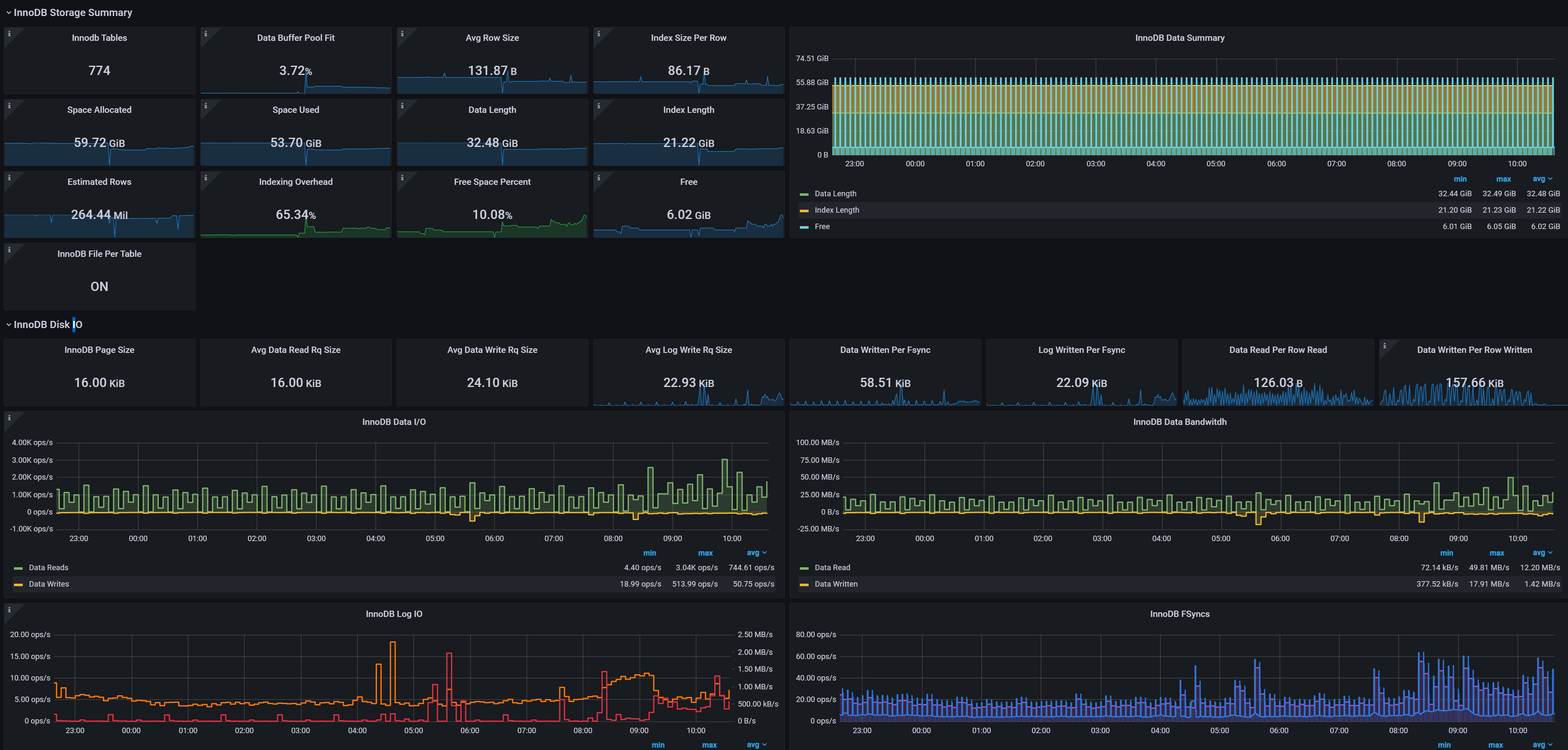Is Your Database Crashing? These Are the Most Common Causes
Maybe it happened to you; you had the database up and running, and everything was working as it should, but after a while, you started to experience sudden overloads and unavailability. Well, there are only a few common reasons for such instability, and if you know how to do it, you can easily eliminate them.

To run your own database nowadays, all you need is a pair of skilled hands and a good tutorial from the internet. Then, it can be set up and put into operation in decent quality. However, the first problems may appear after a few weeks, slowing down the database or causing a complete failure. In addition, once it is back up and running, there is an endless battle with inconsistent data.
The cause of an overload and failure is most often, in addition to poor quality hardware, mainly incorrectly designed database architecture. “We commonly encounter performance problems, which can often be solved, in principle, by time- and money-saving changes to the system where the database runs”, says Jan Hrnčíř, Solution Architect at MasterDC.
Highly Available MySQL Database As A Service
In addition, you can now run a MySQL database in high availability with minimal know-how. Within DBaaS, we take care of the configuration and maintenance of the platform. We will also have it ready for operation in minutes.
However, due to a lack of know-how, companies often lean toward straightforward vertical scaling. Unfortunately, this not only costs them extra money, but in many cases, it does not solve their problems, which are related to the poor configuration of the database system.
Database Optimisation In Practice
One of MasterDC’s customers also faced a sudden slowdown in the application’s response and more frequent database unavailability. “The company contacted us with a request for an analysis of the database system, which showed that it was facing problems on several levels”, says Hrnčíř, adding that the most important shortcomings were mainly outdated and inappropriate system configurations, the lack of query and system speed analysis, incorrectly set backups, and insufficient security.
Additionally, it was shown that a similar situation was resolved by increasing power in the past. However, this was no longer possible because the company had reached the limit for vertical scaling within the shared server. Therefore, optimising performance required a complete redesign of the database.
The first step towards a new functional system was to limit the privileges and guests from which the database could be logged. Following this, the backups causing periodic unavailability were reconfigured.
The last step was changing the configuration of the database system itself. However, due to the scale of changes and the necessary cost of new hardware, the customer eventually decided to move to a fully managed DBaaS (Database as a Service) platform, thus gaining high availability on three active instances.
After testing the functionality of the application and a sharp migration, the customer achieved a highly available database with a faster query response and higher I/O performance of dedicated instances at a lower cost. This was mainly due to the individual configuration of the database system, its modernisation, and the storage engine change.
But why did the customer prefer a DBaaS solution in the first place? Buying at least three new servers, configuring the system, and providing the capacity and know-how for maintenance and monitoring would have far exceeded the budget. Instead, DBaaS gave them access to the required performance and storage capacity for a monthly fee in the lower thousands (depending on the specific database parameters).
What Is DBaaS, And How Does It Work?
Within DBaaS, you have a third party run the database, and you use it as a service. This leaves the hardware and the entire platform to the provider, and you are only responsible for the data itself.
What exactly does a DBaaS provider cover:
- A platform for running the database in high availability.
- Maintenance of the hardware on which the platform runs.
- Regular installation of updates.
- Backup settings.
- Automatic daily backups, seven days in advance.
- Automatic daily backups, seven days in advance.
Nevertheless, the number of services offered within a DBaaS always depends on the specific provider. At MasterDC, for example, the points above are the basis of our service. The customer simply chooses the instance that meets their requirements, and the administrators take care of the database’s operation according to best practices and other individual requirements.
Each customer instance includes dedicated resources that ensure its stable performance. For example, if the customer’s performance and database capacity requirements change, they can quickly switch to another instance with higher parameters without purchasing new hardware.
The service is also operated on several independent nodes, thus eliminating any performance disruption. In addition, synchronous replication and Keepalive technology automatically redirect traffic to the next active node. This is also the case during system maintenance, so customers do not experience any change in service operation during maintenance.
The user will always be given root access to the database and a dedicated IP address and ports through which to connect to individual database nodes. Also included is access to Grafana, where you can monitor resource availability, individual node utilisation, and request reports.
 The customer gets access to the Grafana tool, from where they can monitor their resource utilisation.
The customer gets access to the Grafana tool, from where they can monitor their resource utilisation.
Besides the cost savings, the main advantage of DBaaS is that the customer does not need any deep insight into database issues. However, if they do encounter a problem at the data level, they get 30 minutes of debugging per month for free.
The Security Issue: A Common Concern With DBaaS
If there is one thing that people are worried about with DBaaS, it is data security. In this aspect, it definitely pays to be wary and choose such a service provider carefully. After all, you are putting your customers’ data in the hands of a third party.
The basis of good DBaaS security is precisely the restriction of user rights and database access. Failure to follow these procedures can result in numerous brute force attacks and the associated unavailability and compromise of customer data.
So, when choosing a DBaaS provider, make sure the platform runs on an internal network and learn how you will be able to connect to it. “For example, access via enabled IP addresses, called whitelisting, is ideal. Encryption of input and output data should be a matter of course, as well as a 99.99% high availability guarantee”, concludes Jan Hrnčíř.



